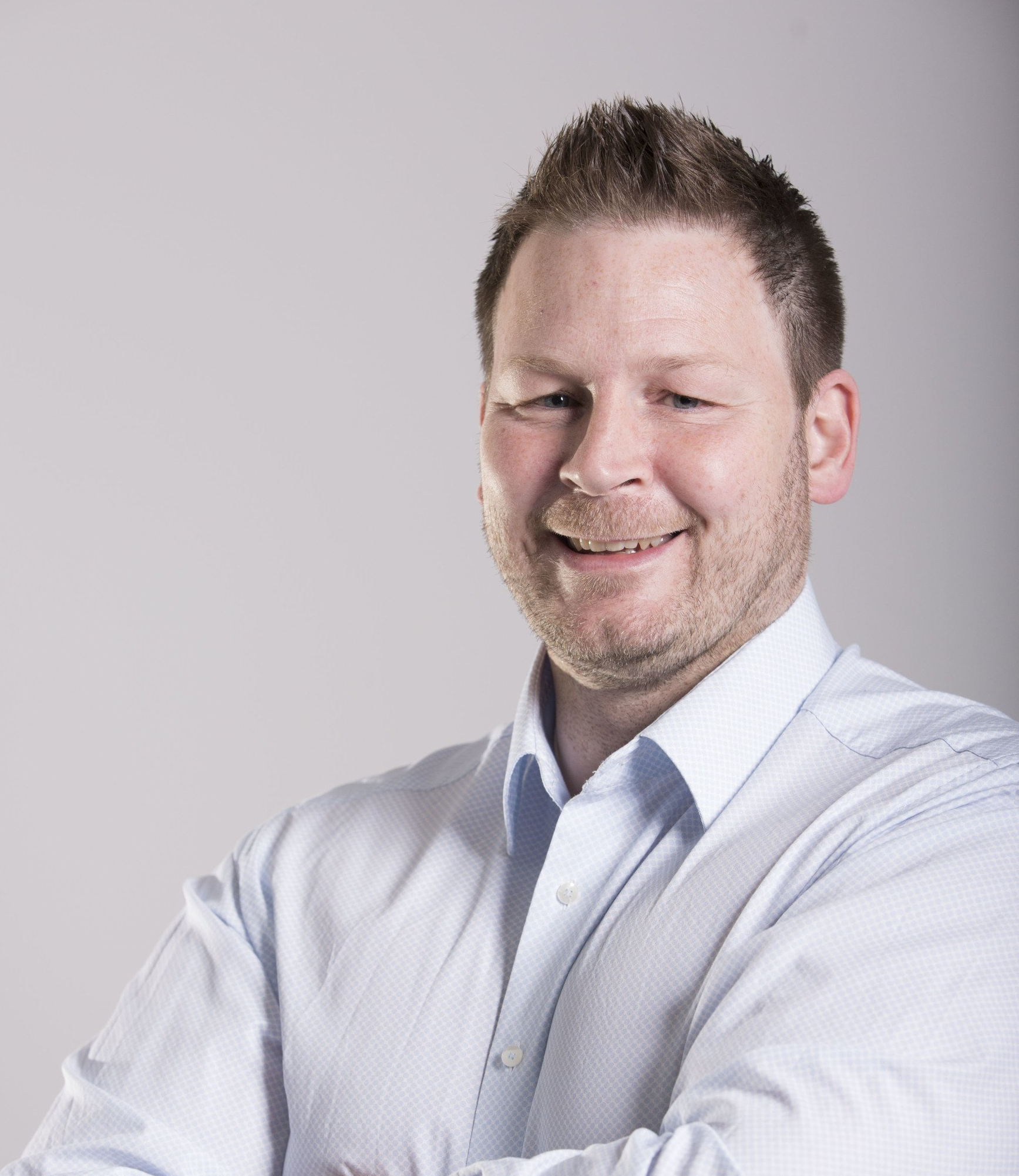Dr. rer. nat. CLAAS FALLDORF
Dr. rer. nat. CLAAS FALLDORF
Group leader Coherent Optics and Nano-Photonics
e-mail: Falldorf@bias.de
phone: +49 421 218-58013
phone: +49 421 218-58013
Research topics
In my research, I deal with the use of light as an information carrier, for example in optical metrology and sensors. On the other hand, my expertise also includes processes that specifically modulate the light in order to achieve the desired projection. A variety of interdisciplinary models and methods are used, such as scalar diffraction theory, rigorous methods (RCWA), probabalistic models such as coherence theory, and also methods from signal processing and optimization theory. As a result, I and my research group use the knowledge to develop novel shape and deformation measurement methods that are not only highly precise, but also have other advantages, such as insensitivity to mechanical and thermal influences, or the use of eye-safe light sources in interferometry . Both aspects are decisive for the use of measurement technology in an industrial environment, for example in quality assurance. Of particular note here is Computational Shear Interferometry (CoSI), which enables the detection of any wave fields by scanning the mutual coherence function. In this way, a large number of interferometric measurement methods can be carried out on the basis of a shear interferometer, which is not only robust against mechanical disturbances, but, in contrast to conventional interferometers, can be integrated into existing imaging systems with little effort. We are currently working intensively with the Physikalisch-Technische Bundesanstalt (PTB) on the Multiple Aperture Shear Interferometry (MArS), with which shape measurement on optical surfaces can be achieved using a large number of light sources (lighting apertures), so that the problem of the restricted aperture in bypassing interferometry. MArS is based on the measurement and evaluation of the coherence function and is currently being further developed for use in aspherical testing. In addition, we are introducing these methods in the field of terahertz radiation, so that in the future interferometric measurements can also be easily implemented in this frequency band. Other research areas in the field of sensors are surface plasmon resonance spectroscopy to specifically detect chemical or biological compounds, and methods and technologies for the representation of three-dimensional scenes by means of wave field shaping.
Publications
You can find an overview of the BIAS publications here.
Memberships
Deutsche Gesellschaft für angewandte Optik (DGaO)
European Optical Society (EOS)
Work Group 5: Security, Metrology and Sensors of the European Technology Platform Photonics21
Center for Materials and Processes of the University of Bremen (MAPEX)
European Optical Society (EOS)
Work Group 5: Security, Metrology and Sensors of the European Technology Platform Photonics21
Center for Materials and Processes of the University of Bremen (MAPEX)
Professional background
2001 - 2009 Research Associate at BIAS GmbH2009 PhD in Department 1 of the University of Bremen2009 - 2018 Head of the Research Group Coherent Optics at BIAS GmbH2018 - 2020 Expansion of the research group to include nano-photonics, currently with 6 scientists



